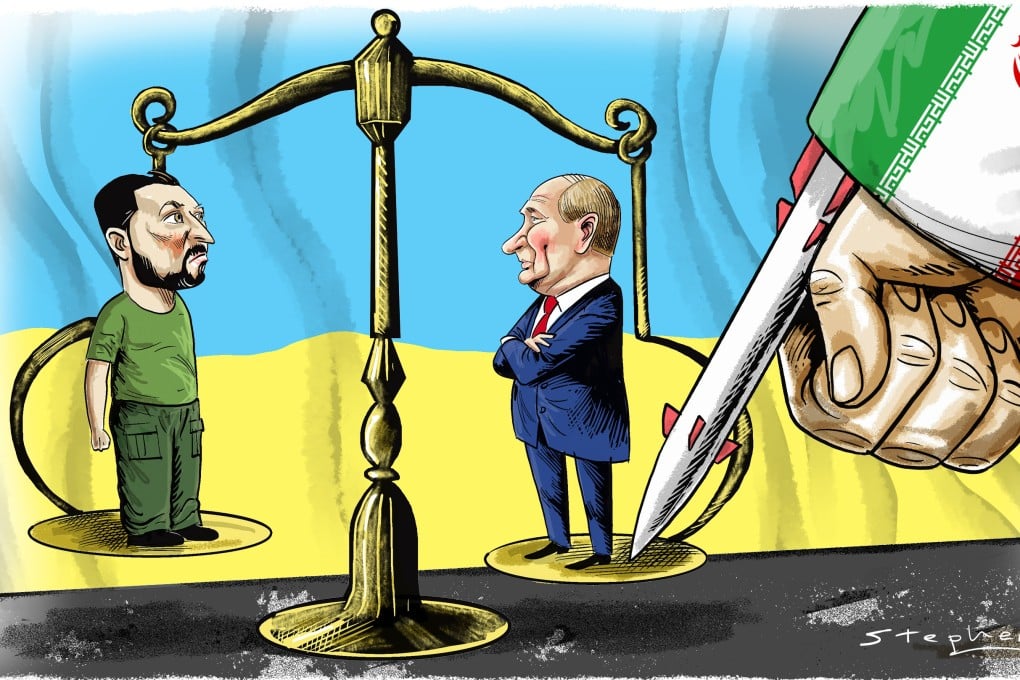Advertisement
Opinion | How Iranian missiles can tip balance in Russia’s favour in Ukraine war
By including Iranian missiles and drones in its arsenal, Moscow can gain a disproportionate strategic and economic advantage as winter approaches
Reading Time:3 minutes
Why you can trust SCMP

As the world focuses on Ukraine’s incursion into the Kursk region and Russia’s potential breach of defences outside Pokrovsk, little attention is being paid to Moscow’s plans to continue this momentum with the introduction of Iranian-made missiles in the coming months.
Advertisement
The United States sees any export of Iranian ballistic missiles to Russia as a “dramatic escalation”, especially since Iran reportedly sent 400 short-range missiles to Russia – including the Fateh-110 and its variant, the Zolfaghar, with ranges of 300km-700km – earlier this year.
The Russians are also said to be training to operate shorter-range missiles such as the Ababil and the Fateh-360. Iran has already used these on multiple battlefields to strike US forces in Iraq, Islamic State in Syria at the start of the year and, most recently, against Israel.
Advertisement
Moscow has yet to deploy any of these missiles in combat. Indeed, it has an ample supply of its own ballistic missiles, with technology that surpasses its latest Iranian additions in speed, payload and range.
So, what might require the use of less-advanced ballistic missile systems? The simplest answer lies in the same strategy Russia used when it deployed Iranian-made drones: economics.

Advertisement
